J 29F SE-DXB (29670), Gul Rudolf
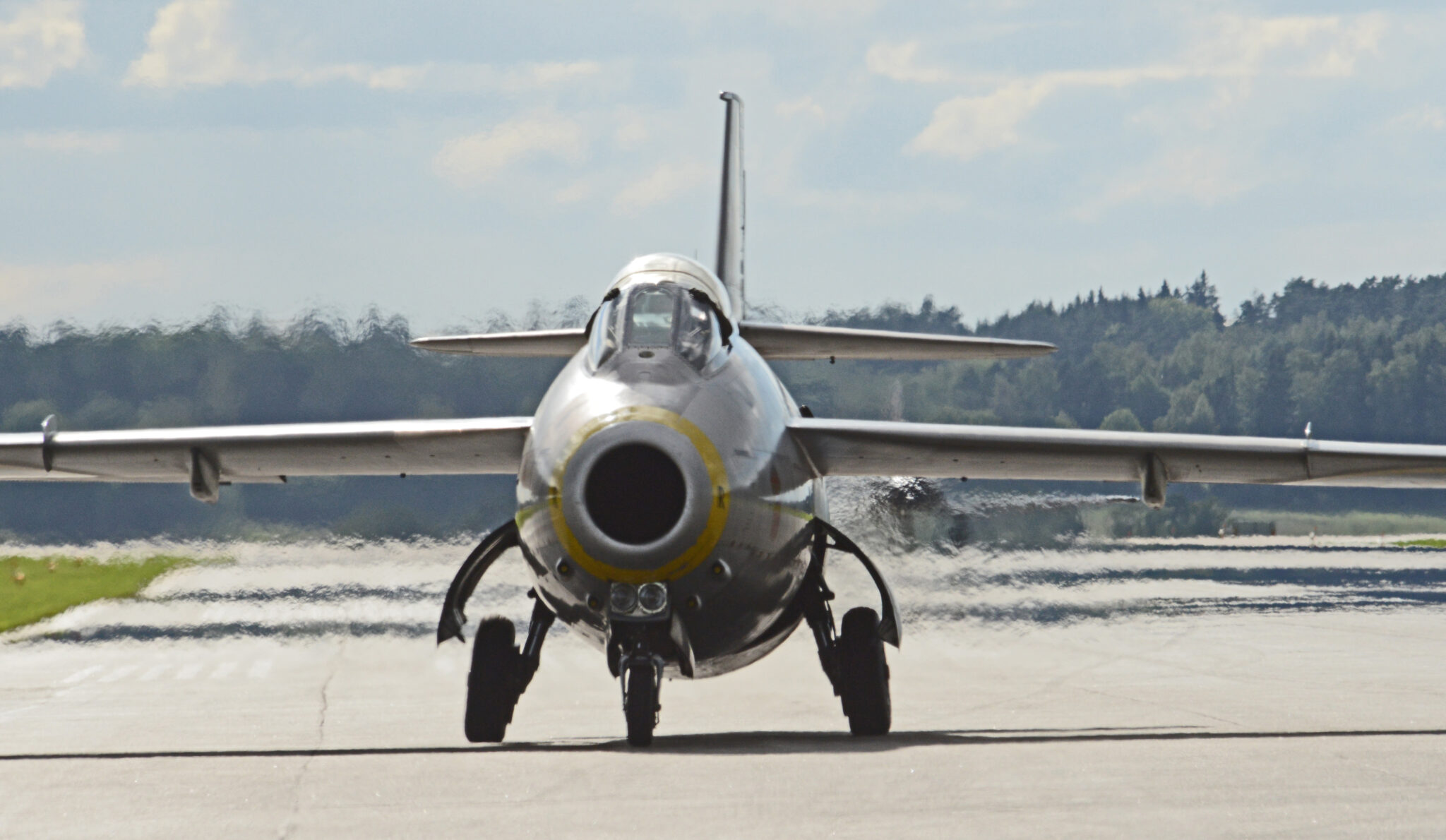
J 29F has been restored to flying condition, and it’s operated by the Swedish Air Force Historic Flight (SwAFHF) at F 7 Såtenäs. In order to be able to show the Tunnan outside Sweden, it has been allocated civil registration SE-DXB. No modifications were needed to get the Tunnan flying as a civil aircraft, only a GPS a modern radio has been mounted in the cockpit to ease navigation and communication.
| First flight | 1955-03-04 |
| Delivered | 1955-04-14 |
| Last flight in SwAF | 1968-06-30 |
Call signal / Fin numbers:
- F 9 Säve: Gul Rudolf
- F 10 Ängelholm: Gul Rudolf
- F 3 Malmen: 34
- F 20 Uppsala: 16
- SwAFHF: Gul Rudolf
Before performing its last operational flight on 30 July 1968 it had logged a total of 1195 flying hours. Following retirement it was transferred to Flygvapenmuseet (Air Force Museum) at Malmslätt and stored for 23 years.
In 1991 a team from F 10 initiated restoration of 29670 to flying condition, and on 11 July 1995 the Tunnan took the air again with civil registration SE-DXB. Today Gul Rudolf is still owned by Flygvapenmuseet, but maintained and flown by SwAFHF (Swedish Air Force Historical Flight) at F 7 Såtenäs. It performs at several Swedish and international air shows every year.
Technical Specification
- Four 20 mm Hispano m/47 cannons mounted under the nose (180 rounds per canon)
- 75 mm unguided m/55 air to air rockets. Max. 24 (against large bomber aircrafts)
- 127 mm target rocket Mk.26. Air to air. (Max 1)
- 150 mm high explosive rocket m/51 (max 14 air to ground)
- Rb 24 Sidewinder IR homing, air to air missiles (Max. 2, only J 29F)
- 145 mm unguided m/49 air to ground rockets (max. 14)
- 180 mm anti-armour rocket m/49 (max 4)
- 80 mm Anti-armour rocket m/46 (max. 8)
- 103 mm practice rocket (max. 8)
- Napalm bomb (max. 2)
- Mark IV gyro sight. Was effective for gunnery and rocketry, but not for bombing.
- Single small 63 mm unguided m/60 rocket (max. 8 only for training purposes)
- No internal radar, the Tunnan was depending on guiding from ground based radar stations when on intercept missions.
- JATO bottles (Jet assisted Take off). Jato bottles were tested on the Tunnan to improve its take off performance when heavy air to ground weapon loads were carried. The system was qualified on the Tunnan but never introduced operationally at squadron level, as the more powerful RM 2B engine with afterburner made it redundant.
- RM 2, without afterburner, 2,270 kg of thrust
- RM 2B, with afterburner, 2,800 kg of thrust
- 400 liters drop tanks later 450 liters Type II drop tanks
History and variations
F 13 at Norrköping became the first Swedish Air Force Wing to receive the Tunnan. It was delivered on 10 May 1951.
- J 29A – First basic fighter variant (224 a/c)
- J 29B – Improved fighter variant (361 a/c)
- S 29C – Dedicated photo recce variant (76 a/c)
- J 29D – J 29B upgraded with afterburner
- J 29E – J 29B upgraded with improved wing (~200 a/c)
- J 29F – J 29B with both afterburner and improved wing (308 a/c)
The SAAB 29 Tunnan was the first Swedish fighter designed from the outset as a jet aircraft. Development of the SAAB 29 began during 1945, in the response to a Swedish Air Force requirement for a new interceptor capable of high speed (Mach 0.86), high service ceiling, powerful armament (four 20 mm canons), excellent maneuverability and a rugged design adapted to Swedish operating conditions.
After studying different concept proposal, SAAB project R 1001 was selected for development into the SAAB 29. This was a very advanced jet-powered, swept wing, single seat design with transonic performance. In order to make the wing as thin as possible, the main wheels were retracted into the fuselage rather than the wings.
As power plant a license-built de Havilland Ghost engine, designated RM 2 in Sweden, was chosen. The large diameter of the Ghost radial engine (1.35m) is the reason for the aircraft somewhat round fuselage cross section, which gave birth to its nickname “Flygande Tunnan” (the Flying Barrel).
The first SAAB 29 prototype took the air for the first time on 1 September 1948, with British test pilot Squadron Leader Robert A.R Moore. Moore was satisfied with the new fighter and praised its excellent handling and performance. His description of the Tunnan was: “It was love at first flight – On the ground an ugly duckling, in the air a swift”.
Later standard production versions of the Tunnan were used to set a couple of world speed records, bringing Sweden on par with much larger aviation producing nations. The first was on 6 May 1954set out to beat the world´s speed record on a 500 km closed circuit. The track was flown in a J29B and the officially acknowledged average speed was 977 km/h beating the old record by 27 km/h. Maximum indicated airspeed registered during the flight was 1,050 km/h. The second time was on 23 March 1955 when a formation of two S29C beat the world´s record on a 1,000 km closed circuit.
Flight level was chosen at 5,000 meters. Fuel reserve on landing was calculated to 250 liters. The average speed obtained was 900,6 km/h and the record previously held by a Gloster Meteor was beaten by 78 km/h.
Tunnan series production was running from 1950 to 1956, with a total of 661 aircraft being produced. All were delivered to Swedish Air Force, and a 30 of these were later exported to Austria. At the height of Tunnan production one aircraft was completed per day.
The J 29B was an improved fighter variant of Tunnan. It had additional tanks in the wings, which increased the internal fuel load from 1430liters to 2100 liters. The J 29B flew for the first time on 11 March 1953.Three upgraded variants of the J 29B were later developed by SAAB, designated J 29D, E and F.
The J 29 D was equipped with an improved RM 2B power plant fitted with Swedish developed afterburner, giving a 25% increase in thrust.
The J 29E was equipped with an improved wing having a saw tooth leading edge and wing fences, whereby handling at high speeds were improved considerably. Approx. 200 J 29B were modified to E standard.
The J 29F was equipped with both the afterburner engine and improved wing, thereby incorporating the combined D and E changes. A total of 308 J 29B and J 29E were modified to F standard during 1955-58.
Saab developed a dedicated photo reconnaissance variant of the Tunnan designated S 29C, and a total of76 examples were produced during 1954-56. The S 29C was based on the J 29B airframe, and from the outset the only difference between the two versions was a modified nose section where the internal cannons had been replaced by up to six cameras.
The upgraded RM 2B afterburning engine was never introduced on the S 29C.
In the beginning the S 29C was not equipped with an optical sighting system, so alignment of the aircraft to pass overhead the target was done by banking 90 degrees to enable the pilot to view and adjust the course correctly, and then level out for the actual photography phase. Later an optical sight was installed, looking out through a special bulge on the left side of the forward fuselage. In addition to its camera outfit, the S 29C incorporated a few other modifications which distinguished it from other Tunnan variants. These included a rearward facing PQ-17 radar warning receiver, the first of its kind to be mounted on Swedish aircraft. The S 29C also had better navigation equipment.
Optical sighting systems:
2 forward facing SKa 100 with 920 mm lens
2 downward facing SKa 10 with 920 mm lens
1 downward facing SKa 15 with 150 mm lens
1 forward facing SKa 10 with 1500 mm lens
1 forward facing SKa 16 with 100 mm lens
1 left oblique facing SKa 16 with 100 mm lens
1 right oblique facing SKa 16 with 100 mm lens
1 downward facing SKa 15 with 150 mm lens
F 4 Östersund/Frösön was the last Swedish Air Force wing to fly the Tunnan (12 May 1967)
After that the SAAB 29 was only used for target flying until December 1974.
Tunnan was “tailor made” to fit Swedish Air Force dispersed field operations concept of the Cold War period. In the event of war , all peacetime air bases would be completely abandoned and each Wing would disperse its aircrafts into small groups operating independently from so called Krigsflygbaser (War air bases) scattered all over the Swedish countryside.
F 8 Barkarby was deeply involved in the formation of F 22, as the wing was responsible for building up the Tunnan unit which deployed to Congo during September 1961 to September 1963 in support of UN peacekeeping forces. A total of nine J 29B and two S 29C were operated by F 22. Initially five J 29B were deployed south, undertaking the 12,000 km ferry flight in four days on their own wings and arriving at Leopoldville (now Kinshasa) in the Republic of Congo (now Zaire) on 4 October 1961.
In November 1962 two S 29C joined the wing to provide a tactical reconnaissance capability, shipped to Congo by US transport Aircraft. Finally in January 1963 four additional J 29B were shipped to Congo, partly as attrition replacements and partly to boost the unit´s firepower. F 22 was tasked with air defense, ground attack against enemy air bases and close air support to protect ground forces. This was the first time Swedish military aircraft fought in combat. Most combat missions flown by the Tunnan in Congo involved attacking ground targets with internal cannons and unguided rockets.
No Tunnan were lost in combat, but several aircraft took hits from enemy anti-aircraft artillery and small arms fire. At the conclusion of hostilities it was decided to leave some of the Tunnans in Congo as they were no longer needed in Sweden and the cost of transporting them home was considered too high.Four J 29B were blown-up and burned out at the airbase.
F 22 returned to Sweden on 27 April 1963 with two J 29B and two S 29C.
Luftstreitkräfte J 29F.
Austria became the only export customer for the Saab 29 Tunnan, with 30 ex. Swedish Air Force J 29F being acquired in two batches of 15 aircraft each. The contract for the first batch of tunnans was signed in December 1960, followed by a second batch ordered in spring 1962.
Conversion training for pilots consisted of 5-10 flying hours on two-seat SK 28 Vampires, followed by approx. 40 flying hours on the J 29 F Tunnan. In Luftstreitkäfte service the J 29F was tasked with air defense, ground attack and tactical reconnaissance.
The last flight was done 21 July 1972.
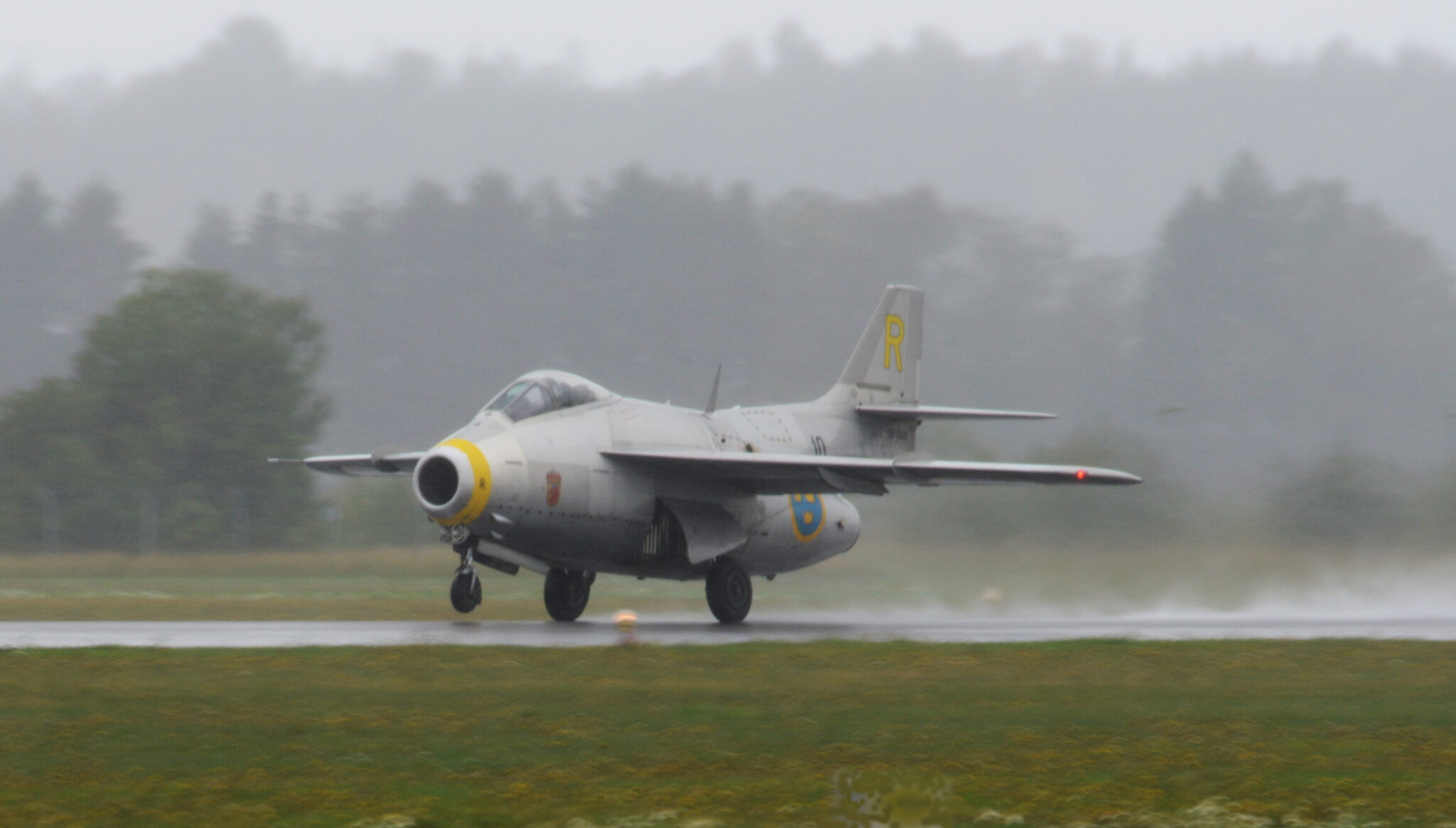
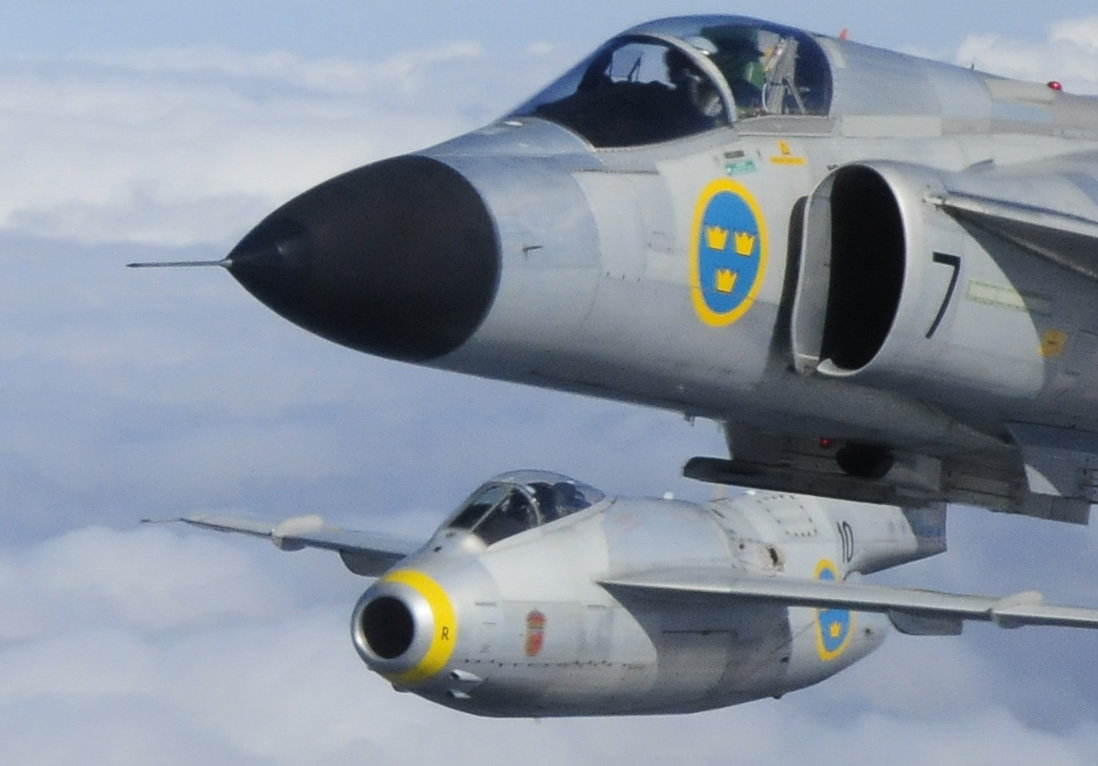
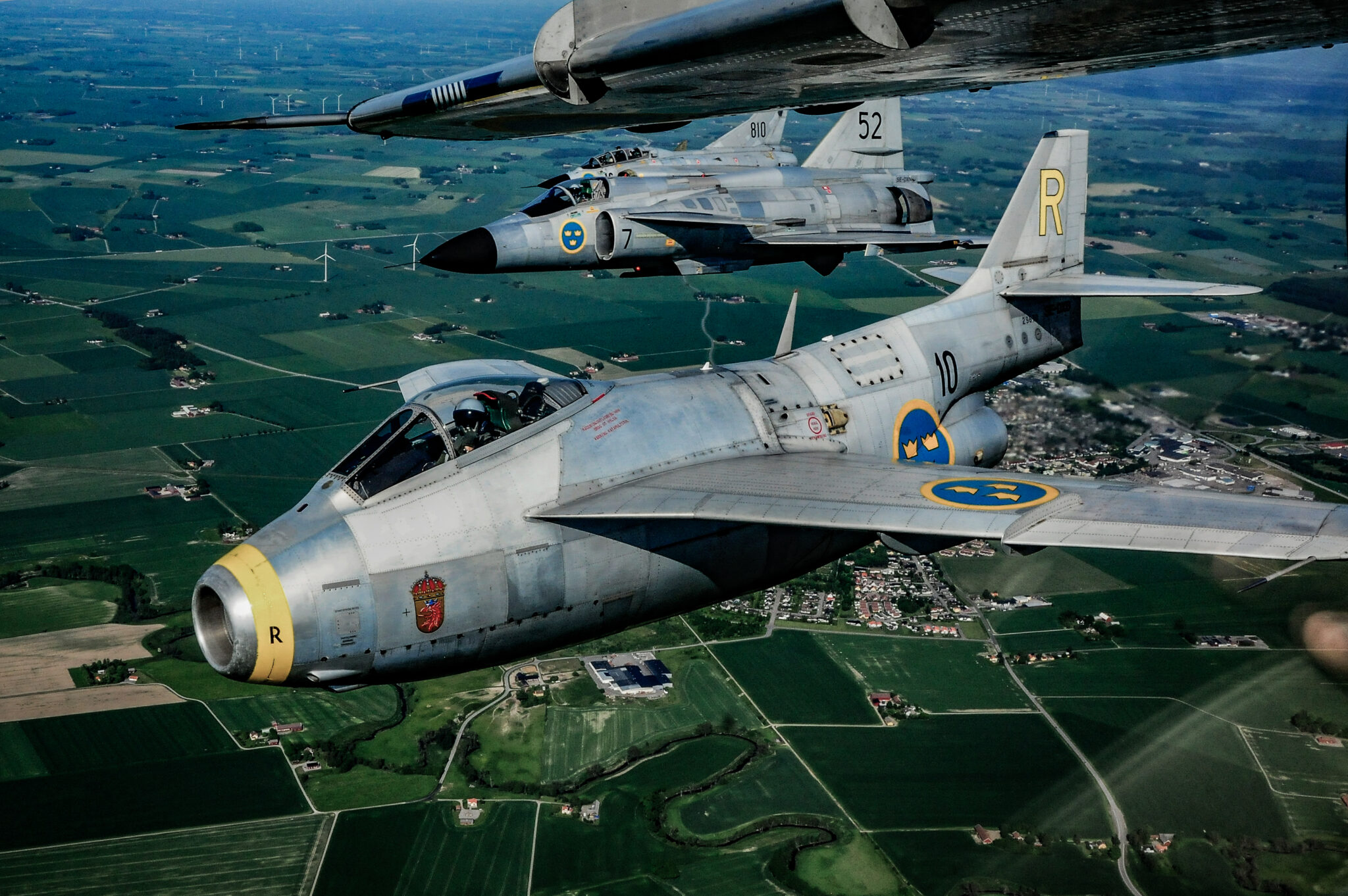
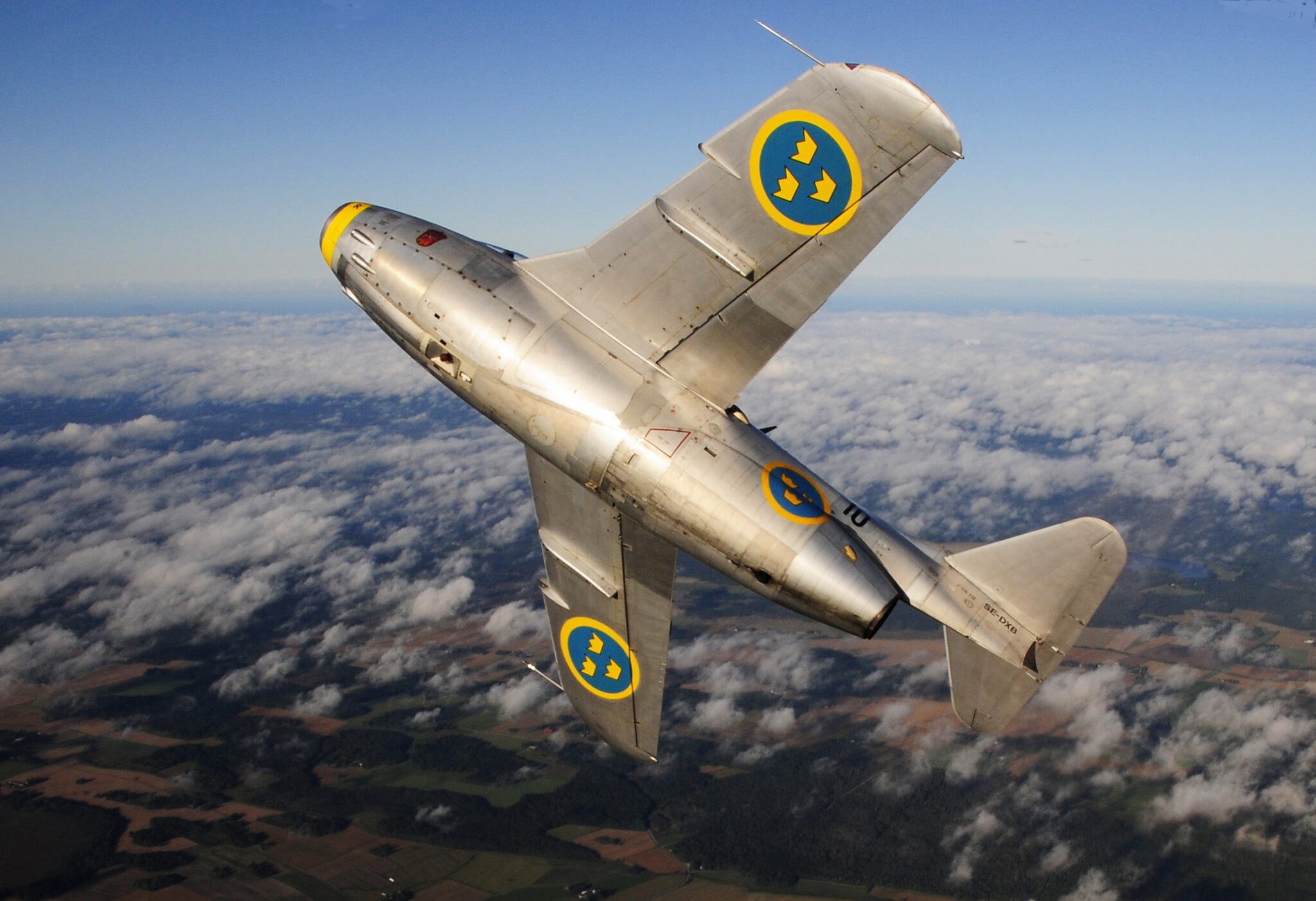
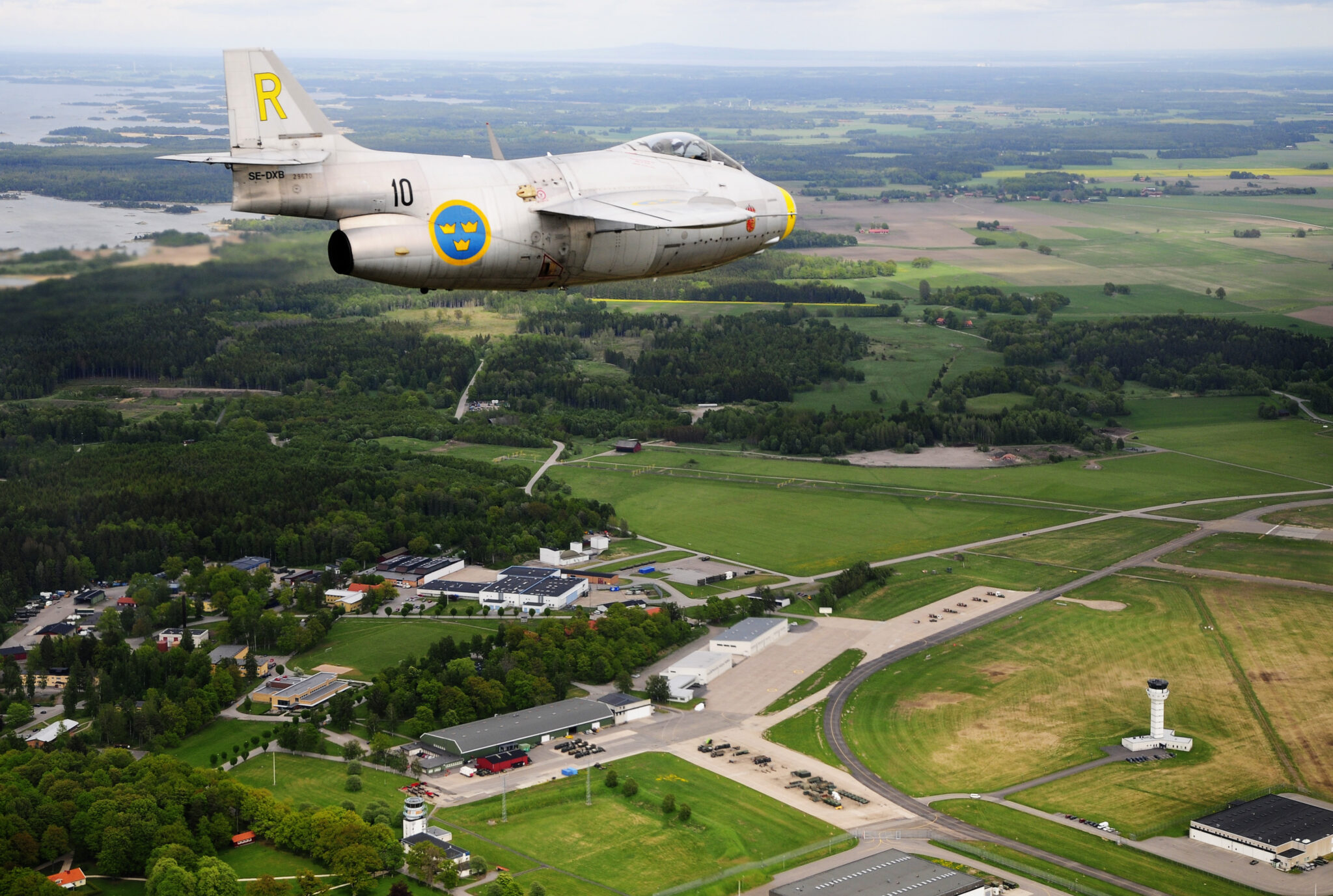
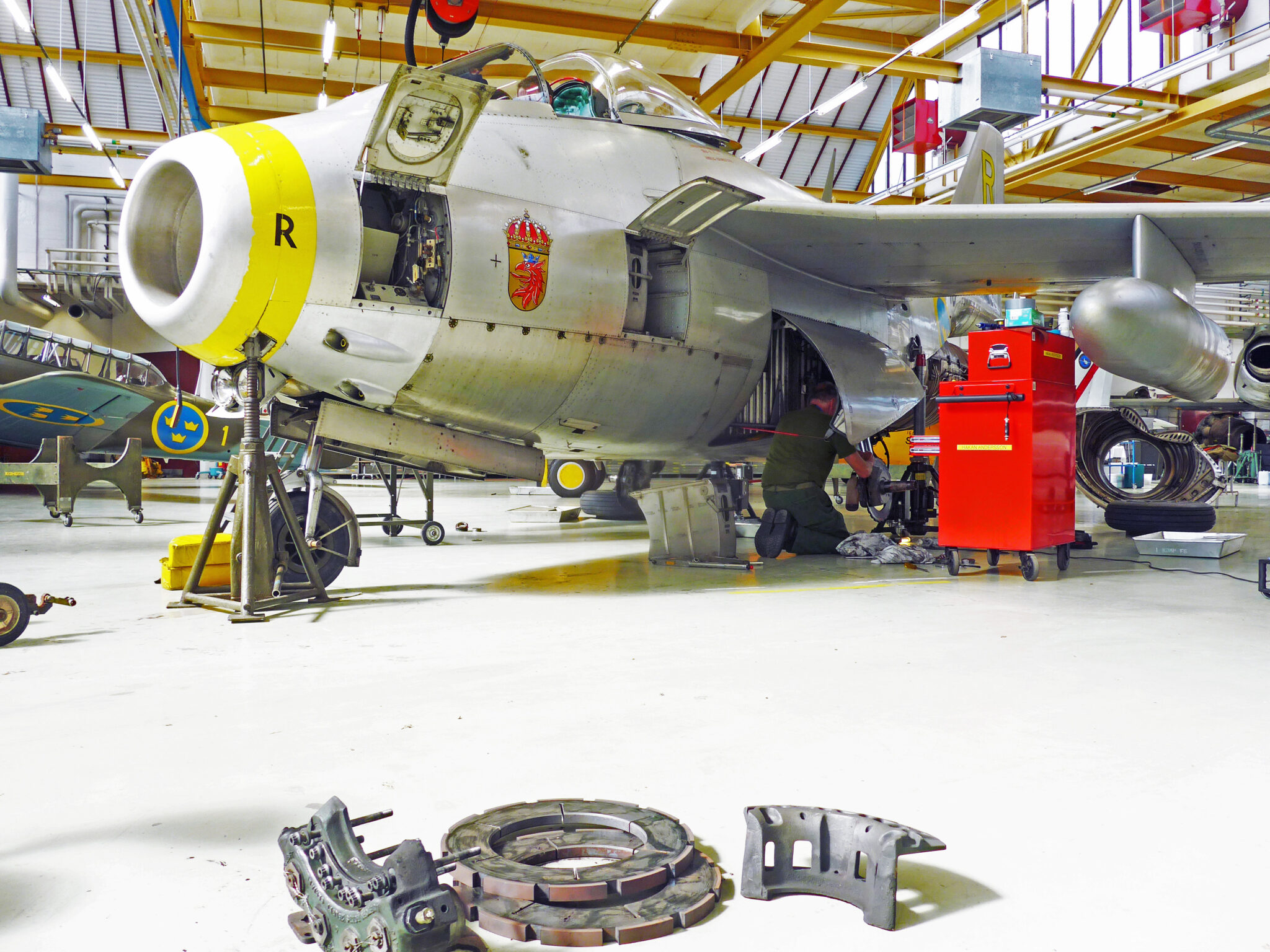
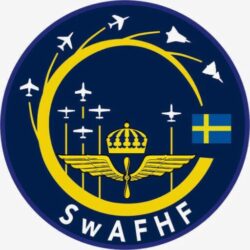
Du måste vara inloggad för att kunna skicka en kommentar.